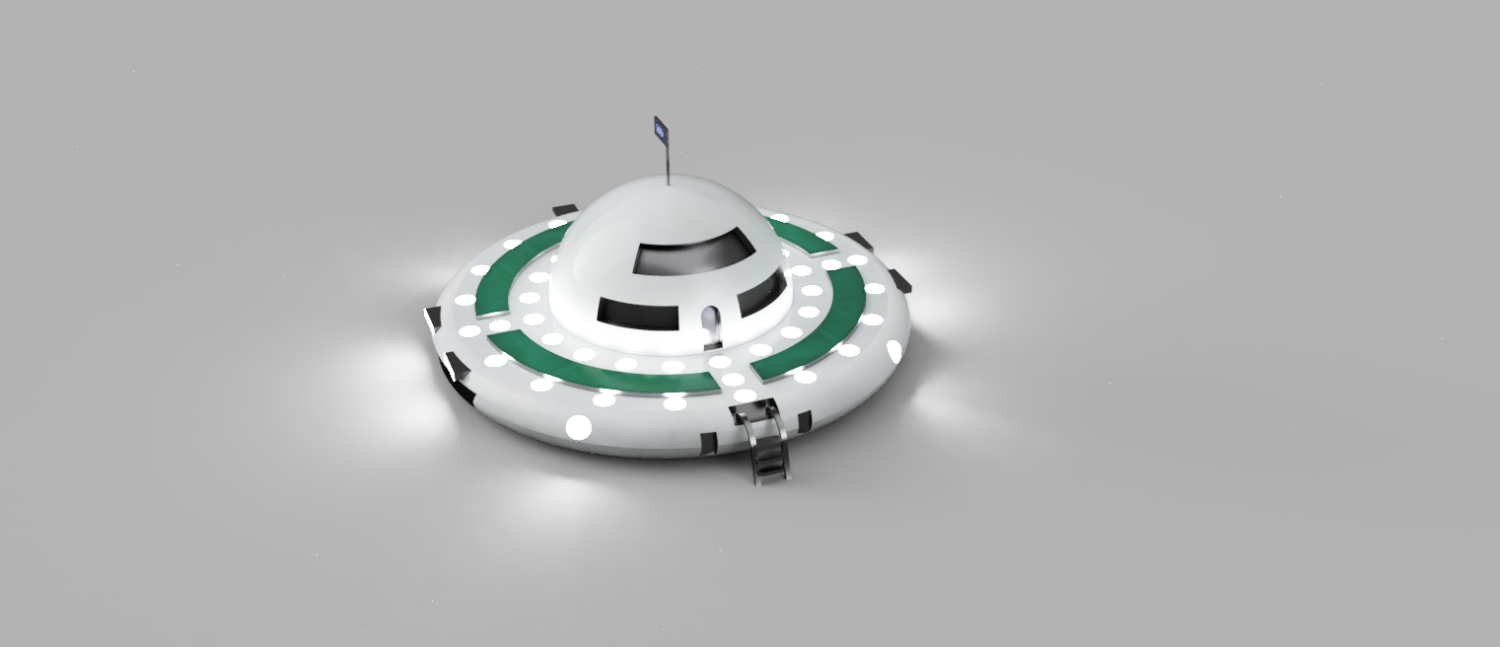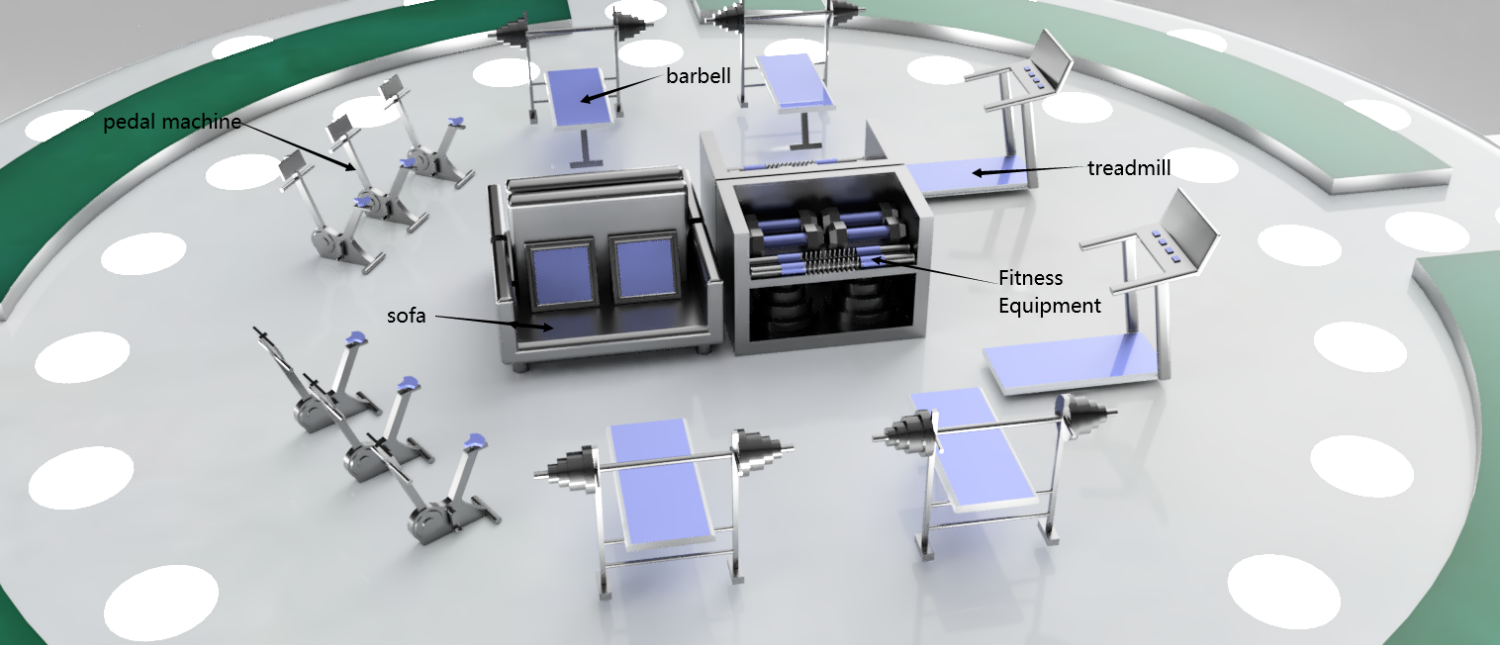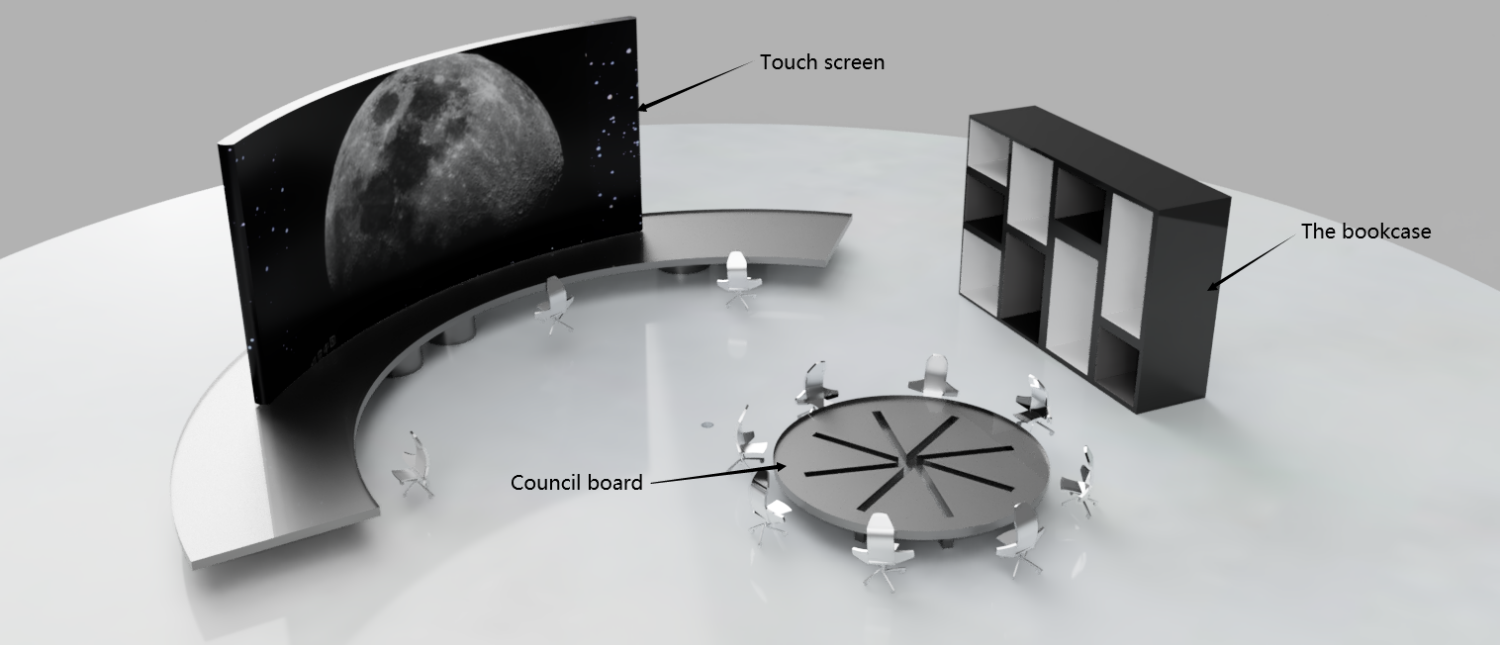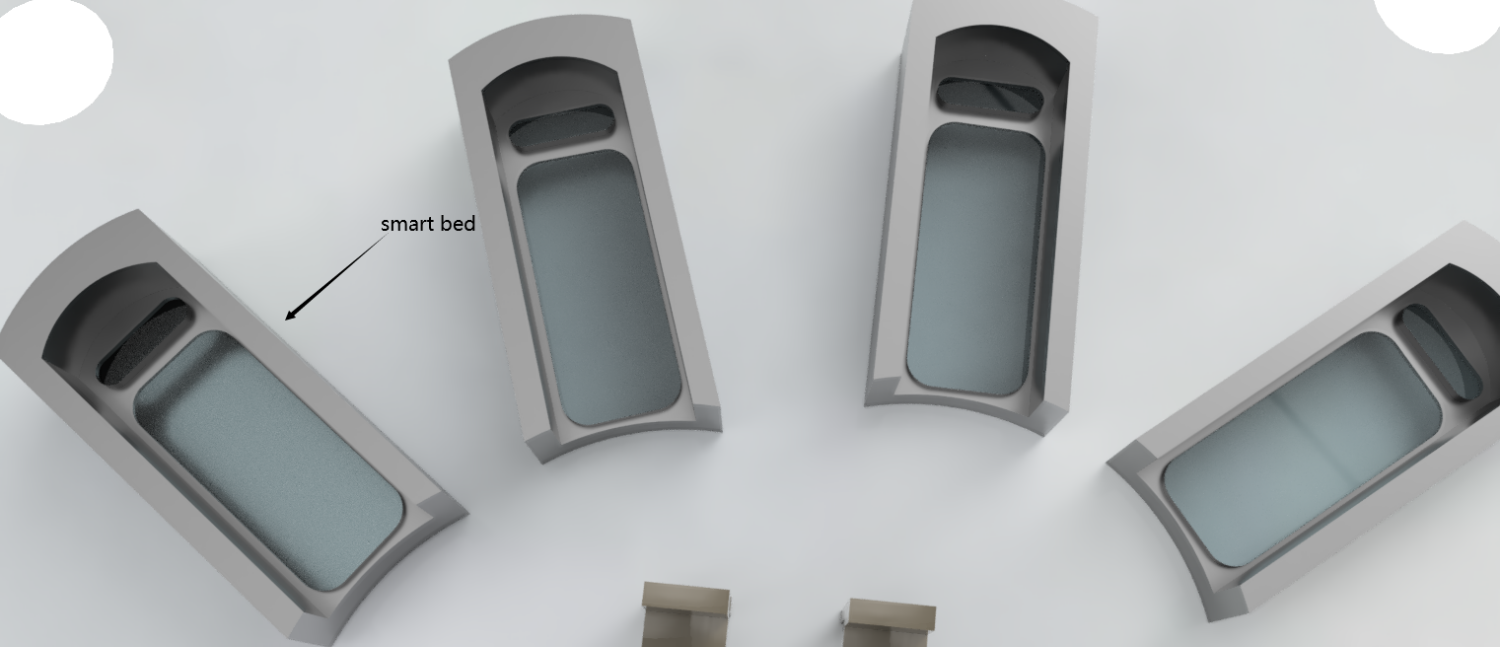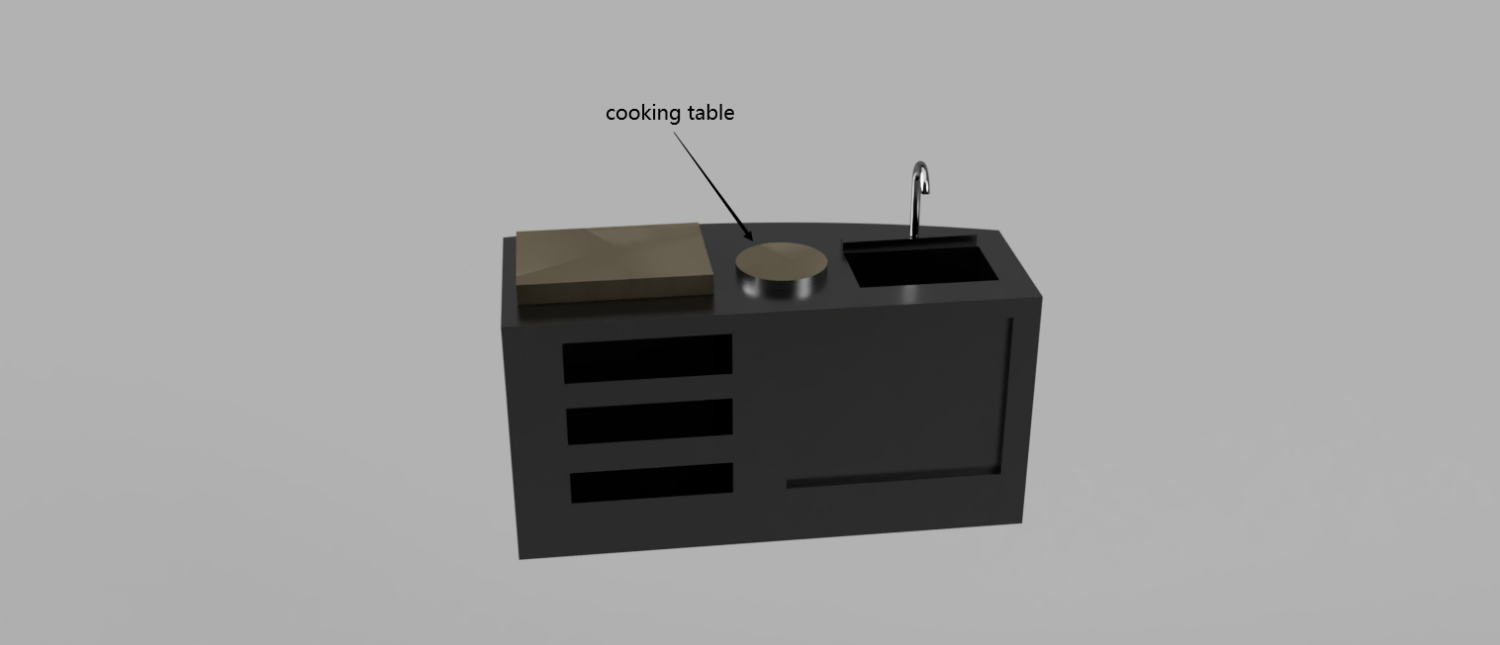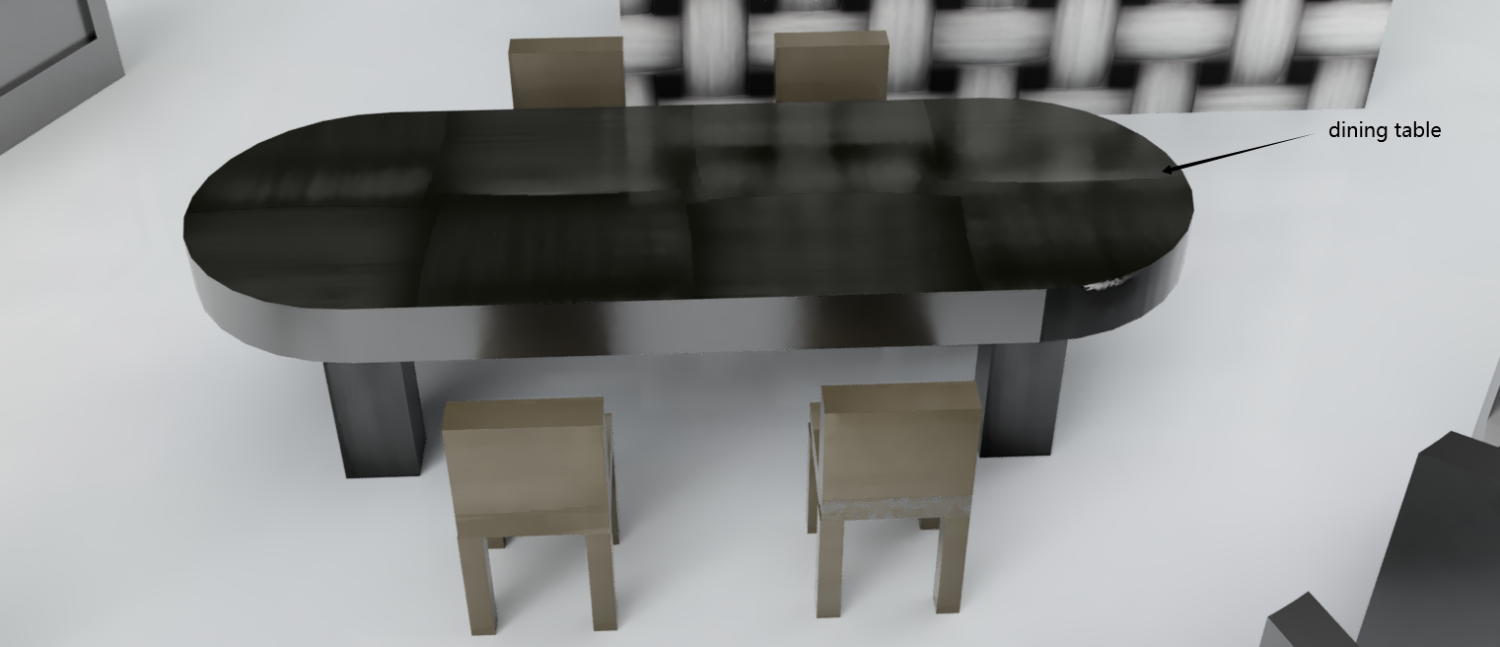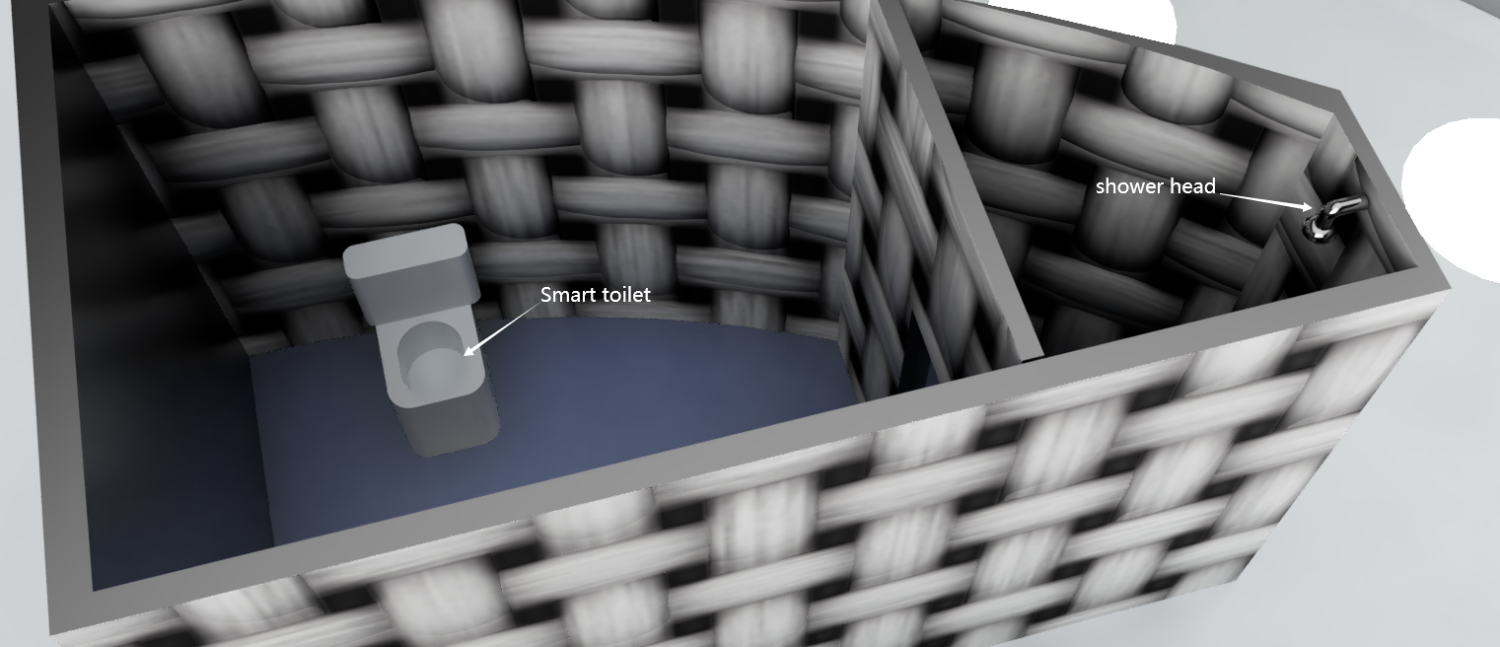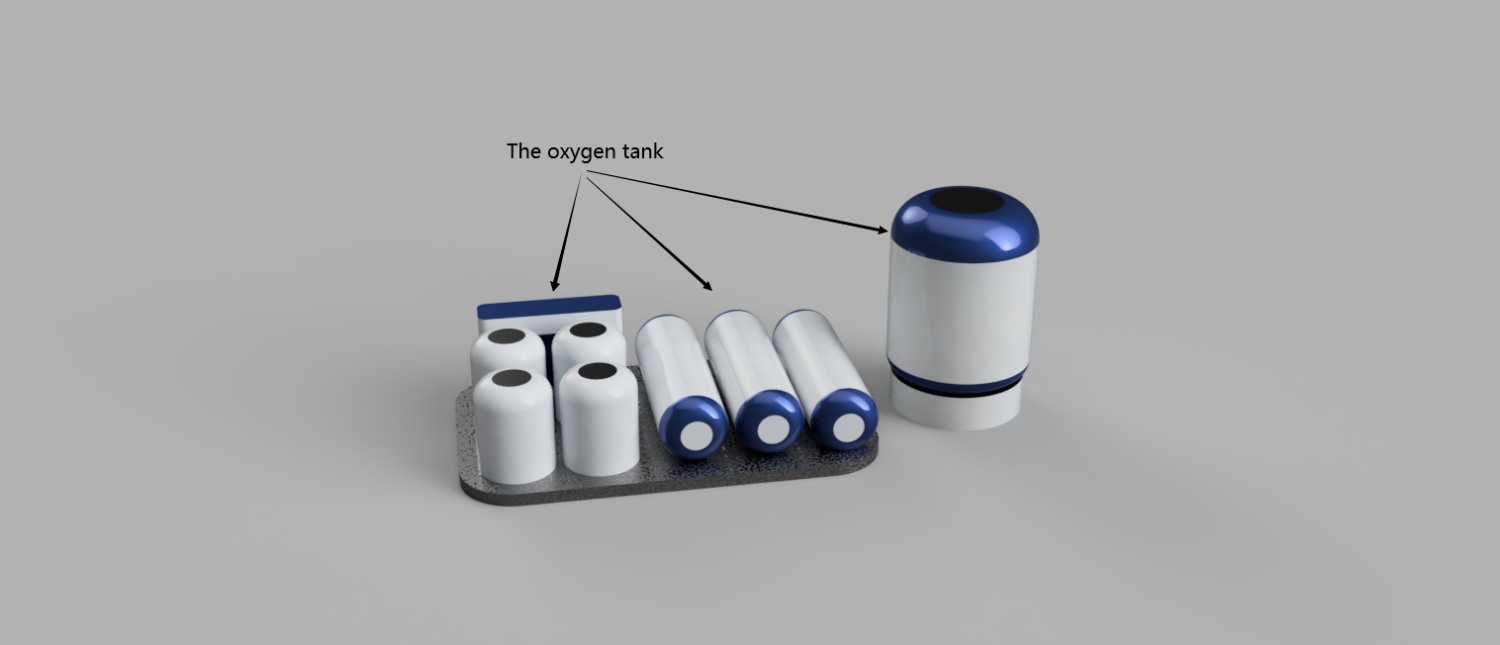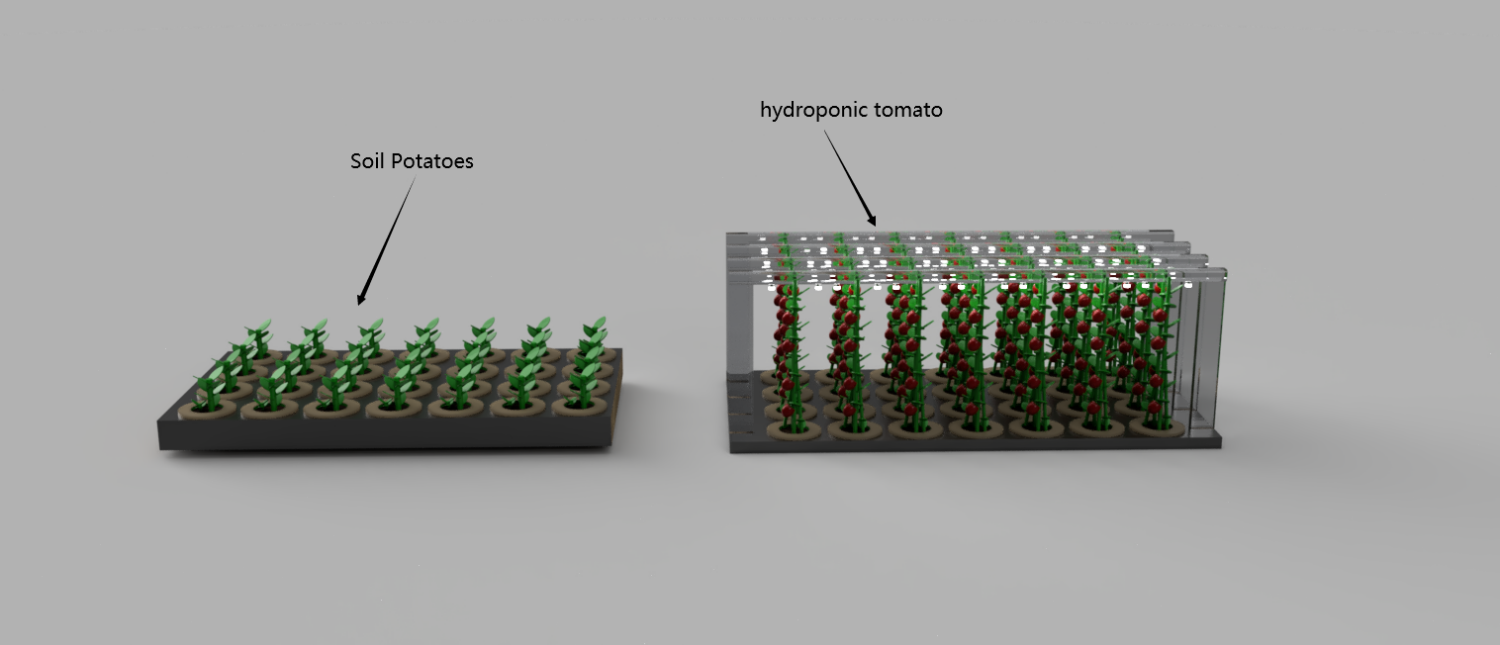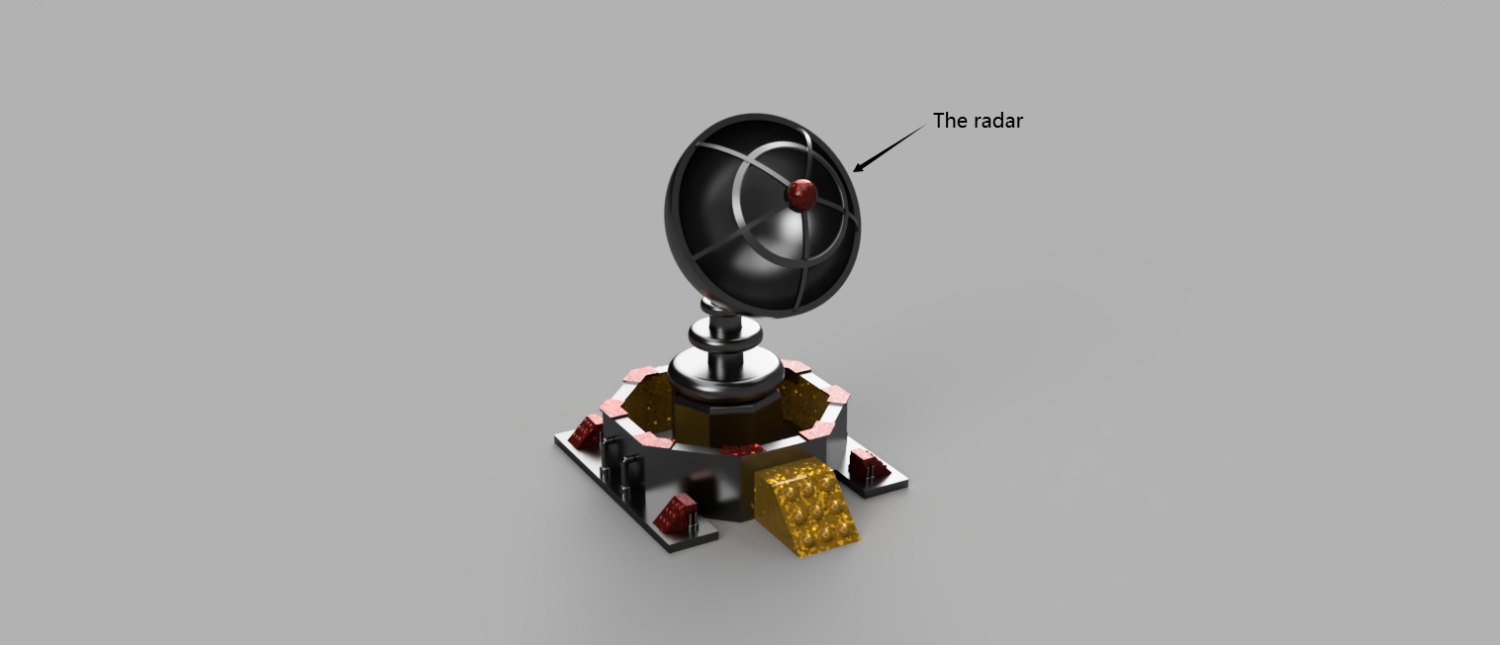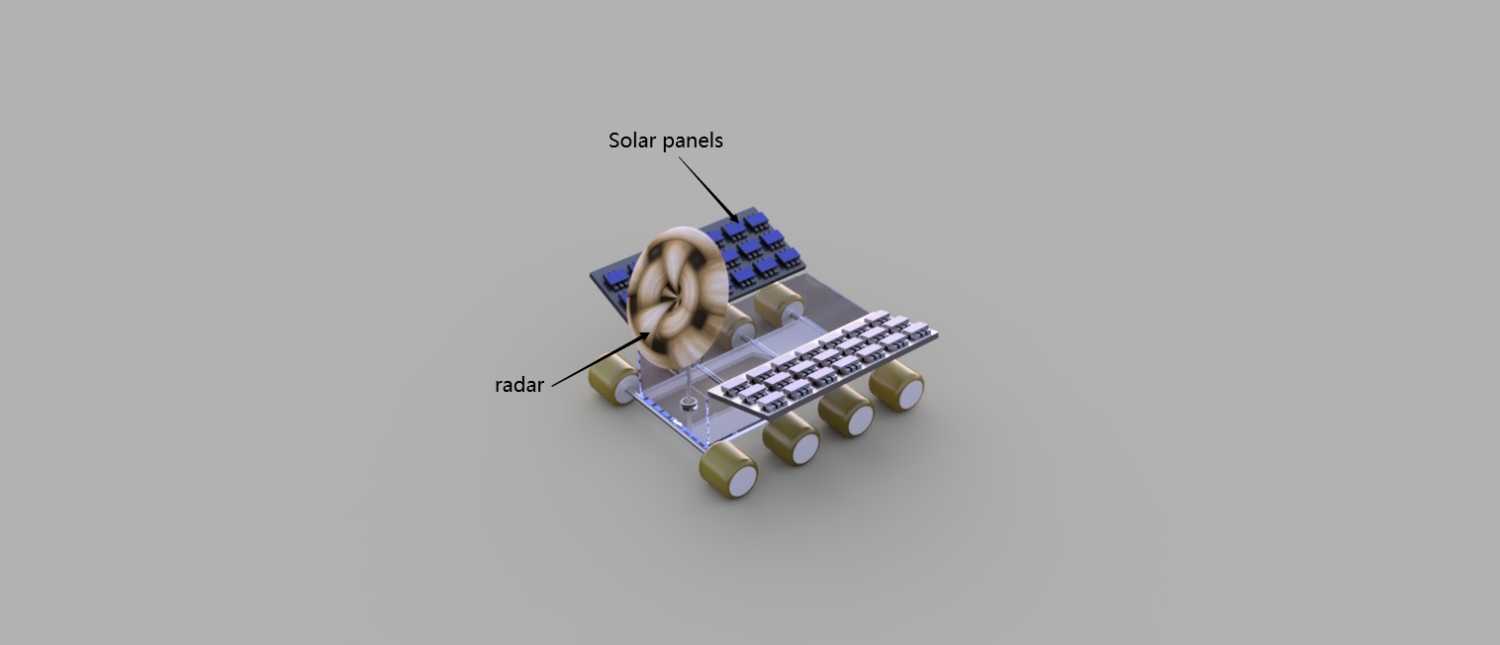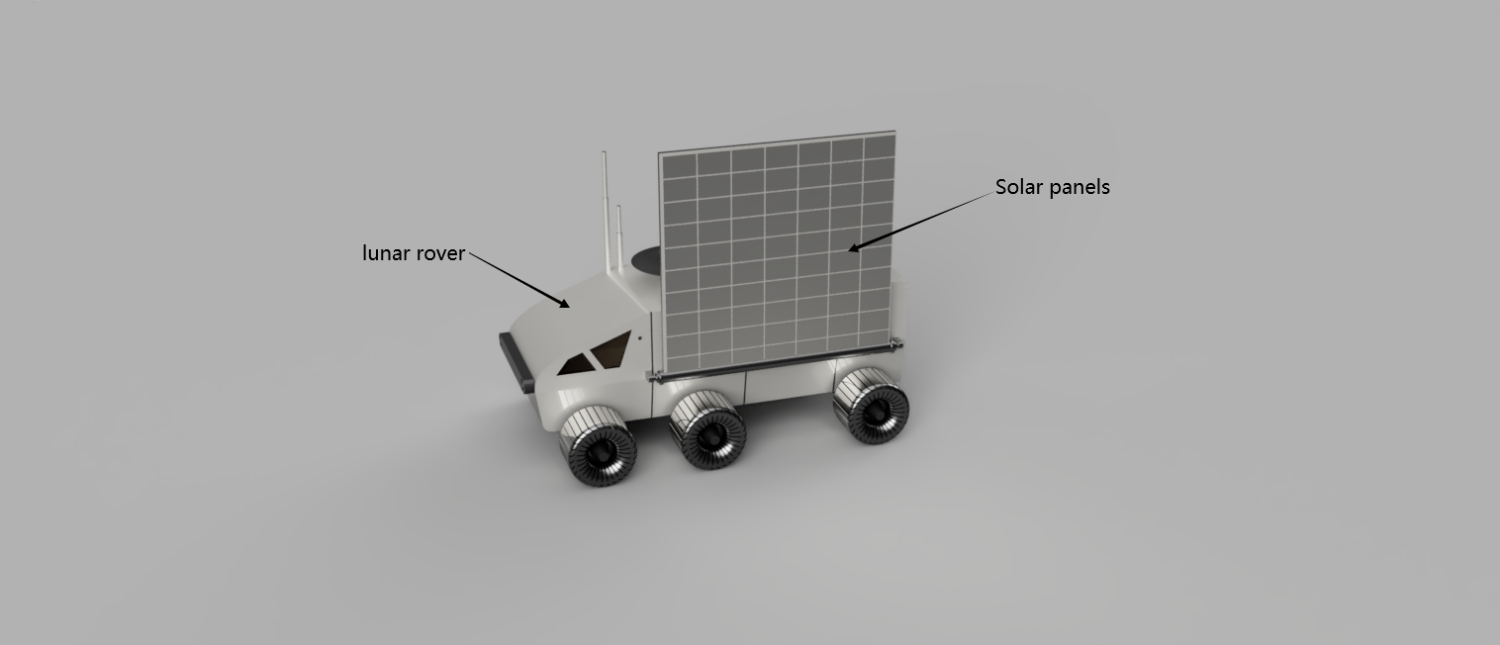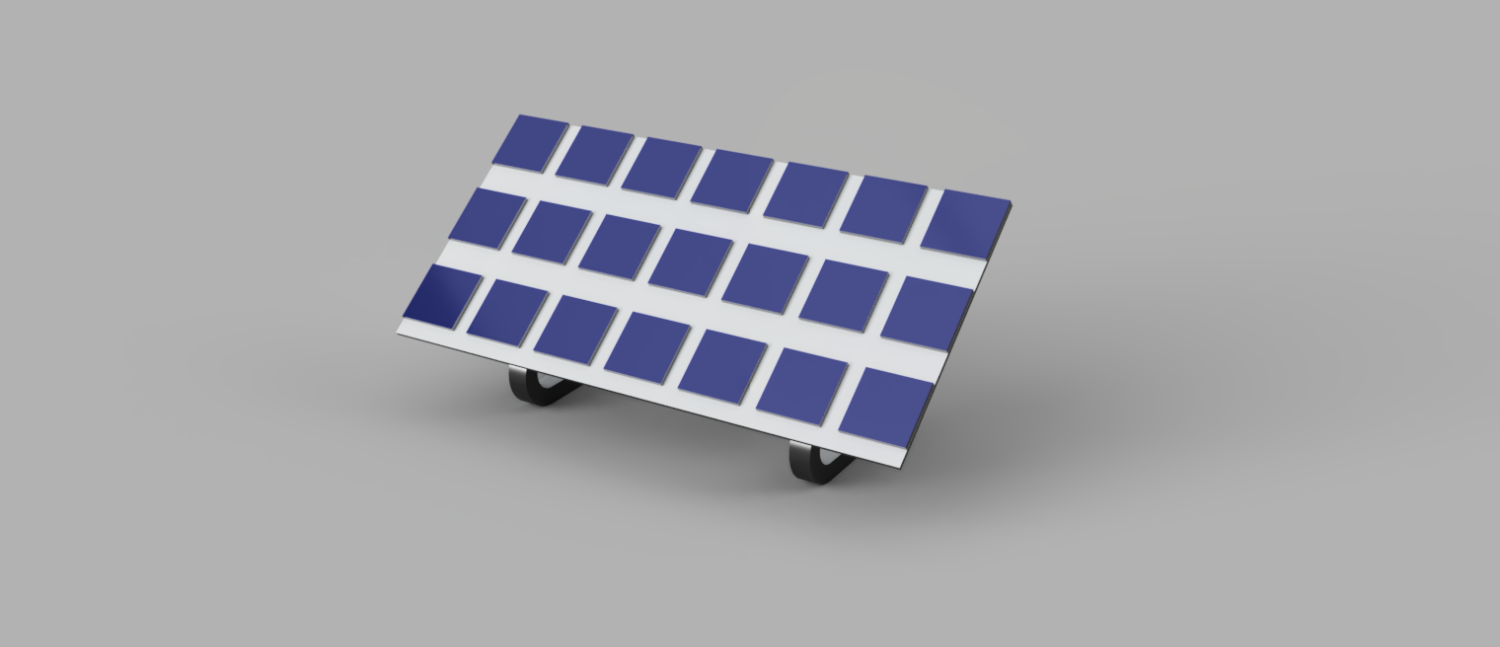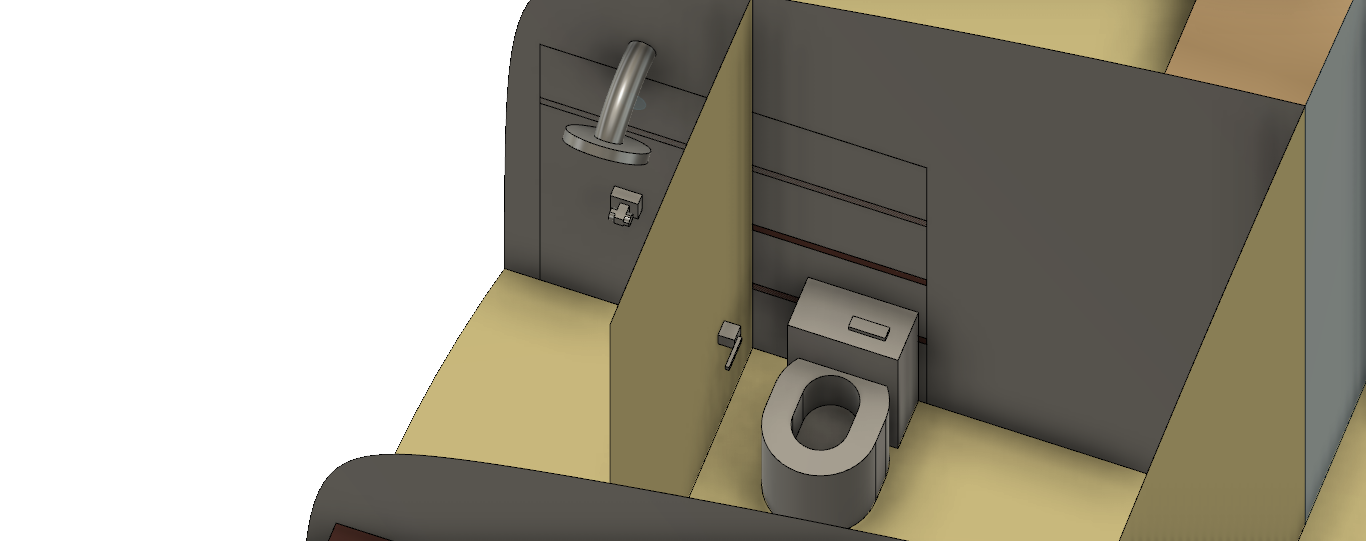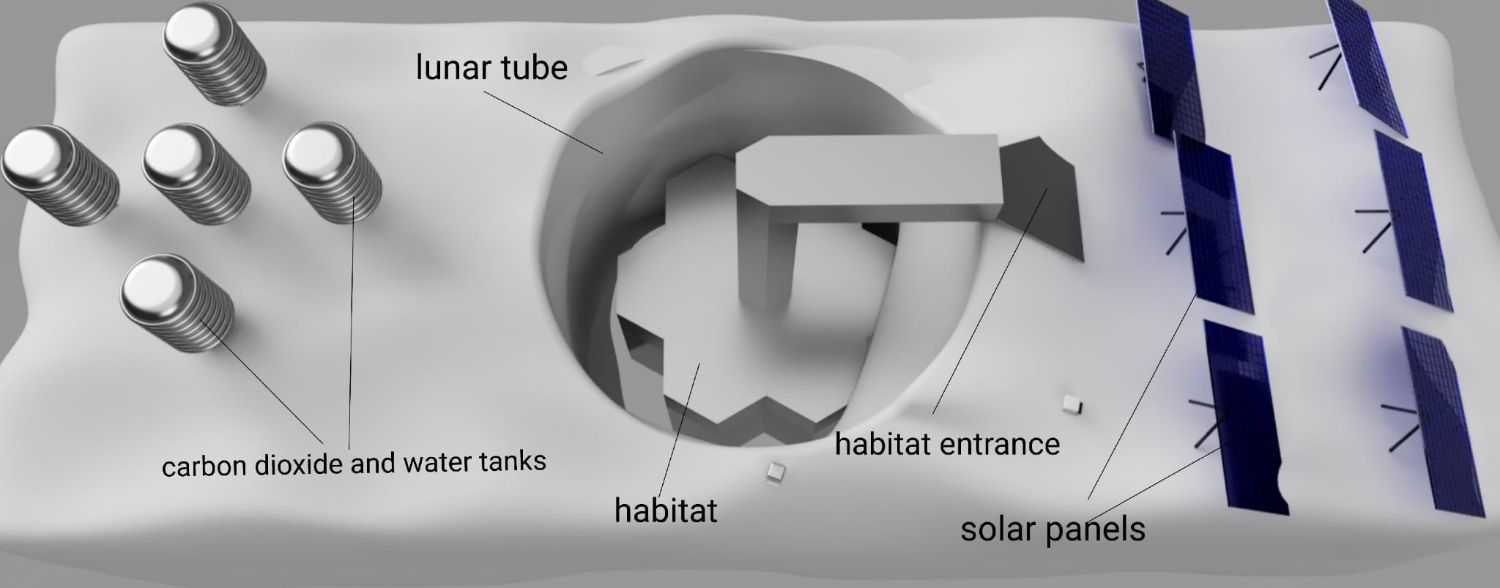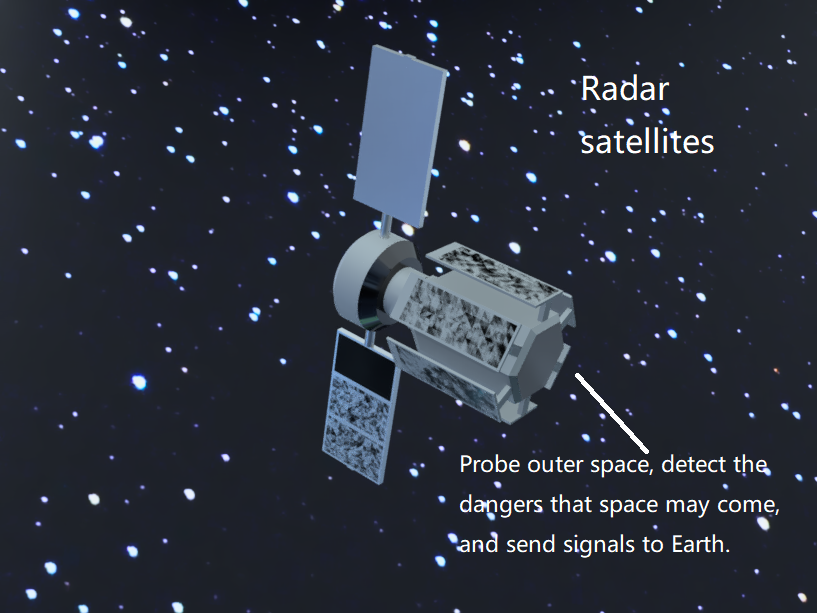Moon Camp Pioneers Gallery 2021-2022
In Moon Camp Pioneers each team’s mission is to 3D design a complete Moon Camp using Fusion 360. They also have to explain how they will use local resources, protect astronauts from the dangerous of space and describe the living and working facilities.
Team: Home of The Pioneers
郑州轻工业大学附属中学 河南省郑州市 China 18 4 / 1
External viewer for 3d project
|
Project description
Humans fantasize about having Ufos, and we build our houses to look like Ufos. The first stage:Food and water need to be transported from Earth, infrastructure is set up during this stage and local resources are sought. The second stage:Infrastructure is completed and the food and water base will be self-sustaining.The astronauts began to carry out scientific research. We adopt a three-up-and-down construction approach. The surface is used for living, working, and providing facilities such as gym and shower for astronauts’ normal life. The radar above the surface can help us detect meteorites, so that astronauts can react quickly and avoid danger.Below the surface, plants are placed to produce oxygen and food and collected in oxygen tanks while providing an emergency shelter.We plan to build a moon camp to study helium-3, which is a high-energy, clean fusion energy source.Solar panels absorb light to provide optimal conditions for the base’s normal operations, reflecting solar energy through mirrors on the moon’s ice to produce water vapor.During the infrastructure construction phase, we plan to use 3D printing to convert lunar soil into building materials, and achieve a safe and fast construction process with a robotic arm we designed to meet the requirements of our lunar base for research and general living. |
|||
|
2.1 Where do you want to build your Moon Camp?
We chose the location of shackleton crater rim in the South Pole-Aitken Basin: lunar coordinates 89.67°S129.78°E.The reason: Because the lunar orbit is only 5° tilted from the ecliptic line, the interior of the crater is in permanent darkness, but the wall peaks around the crater are almost constantly illuminated by sunlight and are exposed to the sun about 80-90% of the time throughout the lunar orbital cycle.Continuously illuminated peaks, also known as perpetual day peaks, create a relatively stable environment in terms of temperature and provide a safe source of solar energy. 2.2 How do you plan to build your Moon Camp? Describe the techniques, materials and your design choices.
We will build the camp using two methods; 1.using local resources from the moon to build our camp: We plan to focus sunlight on surface debris to make rocks, use 3D printers to turn lunar soil into building materials, and then use robotic arms to build the camp safely and quickly. 2.Transport construction materials from Earth: We will send modular components, heat-resistant metal materials and common low-temperature insulation materials through multiple launch vehicles. 2.3 The environment on the Moon is very dangerous for the astronauts. Explain how your Moon Camp will protect them. (maximum 150 words)
|
|||
|
2.4 Explain how your Moon Camp will provide the astronauts with:
|
Water
|
Food
|
Power
|
Air
|
|
At first, astronauts would carry some water with them.That water will last until we get our base built, and then we’ll get most of it from the ice in the permanent shadow pit, and we’ll get water from that by installing a furnace on the rover and adding hot, cold soil. |
During the moon’s first period, food would be brought from earth. For longer missions, we will use our hydroponics and earth culture modules, which will provide enough food to extend the mission. We have also chosen genetically modified plants in order to be able to maximize food production, and we will use genetically modified plants. Kale and potatoes grow well in confined Spaces and contain some of the most biodegradable stored nutrients in crops, including vitamins C1, K and potassium. Hydroponics: For plants grown in water, white and red LED lights can be used to change the mineral and vitamin content of the plants by adjusting the light. Soil culture: Soil brought from earth, laid on an indoor base and mixed with your own manure, which is rich in nitrogen and increases food growth. |
We built solar panels to power the site, so choosing the right place was crucial, even though it was almost always in the sun. However, we must bring spare batteries from earth in case we need them. |
Initially, astronauts will carry oxygen and nitrogen with them. For long-term missions, oxygen will be produced by electrolysis, and we can also extract some of it from the lunar regolith. The moon’s regolith is made up of about 45% oxygen. But oxygen is tightly bound to these minerals. To break these strong bonds, we need to invest energy. In simple terms, lunar soil or rock is heated and melted, and electrolyzed. Oxygen is released from the melt in the form of bubbles, usually heated to 1600-2500 degrees Celsius. The oxygen-containing rock is broken down to produce oxygen. In addition, a circulating oxygen tank matching the lower plant breeding room was established to achieve oxygen self-sufficiency. |
|
2.5 Explain what would be the main purpose of your Moon Camp.
Our camp provides a landing pad for better and more distant human exploration, or a lunar gas station to develop lunar mineral resources, as well as to study lunar surface plants, rock composition, available energy, and better scientific activities such as astronomical observations. |
|||
|
3.1 Describe a day on the Moon for your Moon Camp astronaut crew.
Shakespeare said, “Sound sleep is nature’s tender and cherished nurse.”In our lunar camp location, where the sun is almost never setting, our sleep pod comes into play. Our sleep pod simulates nighttime conditions, allowing the astronauts to sleep well and also act as an alarm clock.Give astronauts plenty of sleep When the sleep capsule simulates daytime, astronauts wake up, wash up and enjoy breakfast served to them by a smart system.After breakfast, enter the sports room for physical exercise, and those with energy can play the training game developed based on Unity3D, both happy and healthy.Then they put on spacesuits and went out to explore: one group drove a lunar rover to collect water, explore the surrounding conditions and available resources;Another group adjusted the position of the solar panels to maximize solar efficiency, checked to see if the radar was working, took an elevator to the ground floor to see if the plants were growing well, and checked the circulating oxygen tanks in the planting rooms.Enjoy lunch and take a nice nap at noon.When they awoke in the afternoon, they gathered together to discuss their morning’s findings and examinations, which they relayed to Earth.Take a shower in the evening after the final base inspection to wash away the fatigue of the day.If an astronaut wants to go to the bathroom and doesn’t have a piece of paper, don’t worry, our algorithmically ordered intelligent toilet can flush and dry.Say goodbye to the day in the sleeping cabin and wake up to a new day. |
|||






